Planning your first Tokyo trip? The city’s 23 special wards and countless neighborhoods can feel like an impossible maze to navigate. Yet each district has developed its own distinct character over the decades, and understanding these personalities will transform your visit from overwhelming to unforgettable.
Tokyo operates like a massive urban ecosystem where ancient temples coexist with cutting-edge technology. Traditional residential streets sit mere minutes from pulsing entertainment hubs, while food scenes range from humble street-side ramen to internationally acclaimed fine dining establishments.
Here’s a list of 15 Tokyo districts that deserve serious consideration for any first-time visitor.
Shibuya
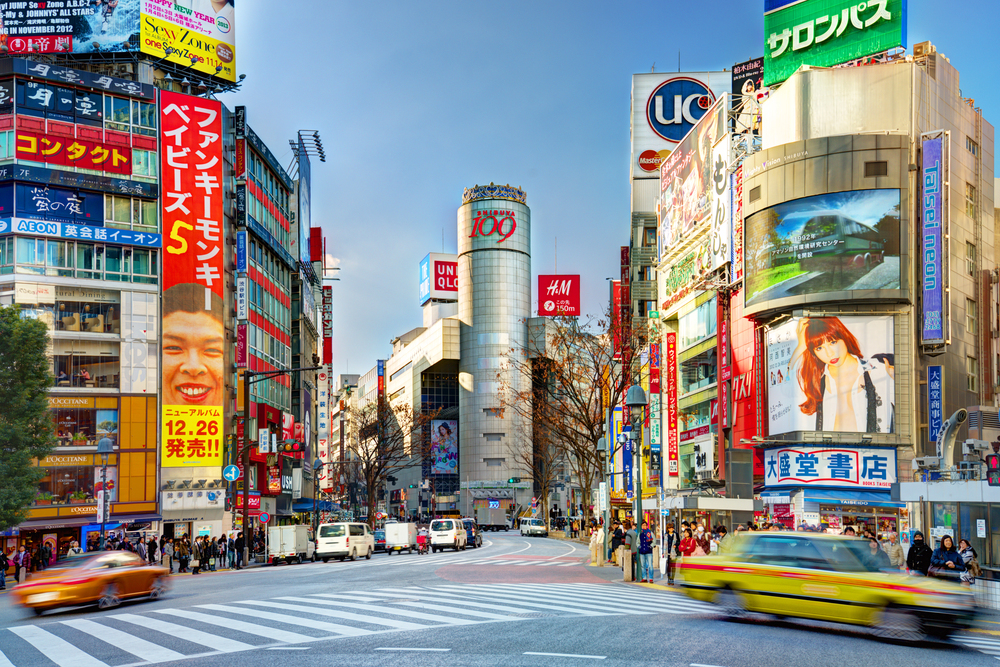
— Photo by sepavone
Shibuya’s legendary scramble crossing handles up to 3,000 people per light cycle during rush hour — organized chaos at its finest. This intersection has become Tokyo’s unofficial symbol, though the district offers much more beyond the famous crosswalk. Massive department stores tower over trendy restaurants, while the beloved Hachiko statue draws steady streams of visitors throughout the day. The energy here doesn’t fade after sunset; instead, it shifts into a different gear that showcases Tokyo’s 24-hour lifestyle.
Shinjuku
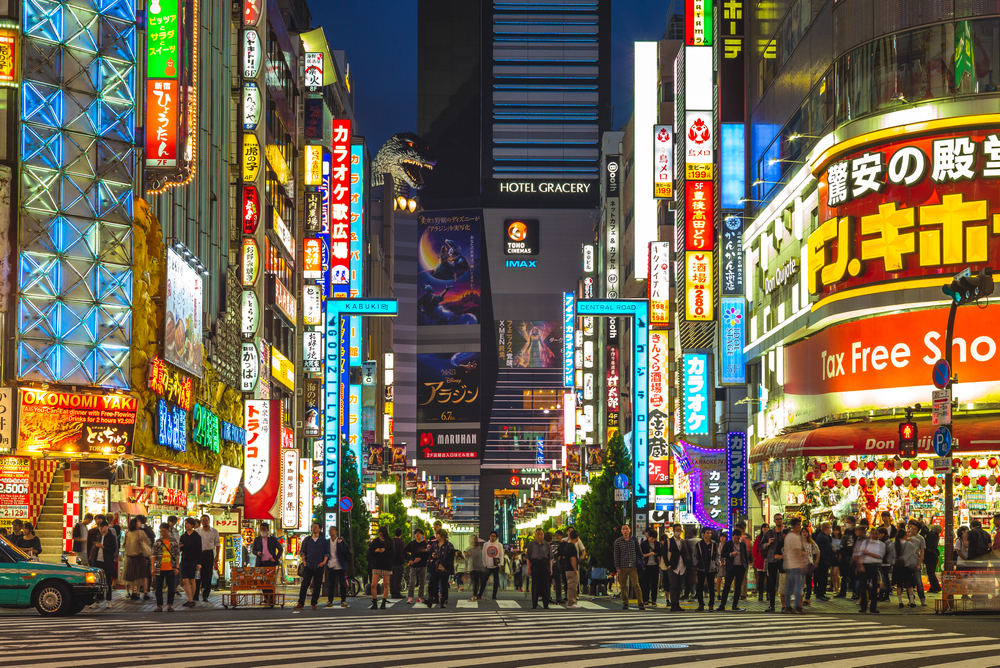
Train schedules converge at Shinjuku Station more than anywhere else on Earth, making this Tokyo’s de facto transportation hub. The eastern districts buzz with major department stores and the iconic Godzilla Head that peers down from the Toho Building’s rooftop. Meanwhile, the western side transforms into a forest of skyscrapers where free observation decks in the Tokyo Metropolitan Government Building offer stunning panoramic views. After dark, narrow alleyways fill with intimate bars and restaurants — some barely accommodate half a dozen patrons.
Harajuku
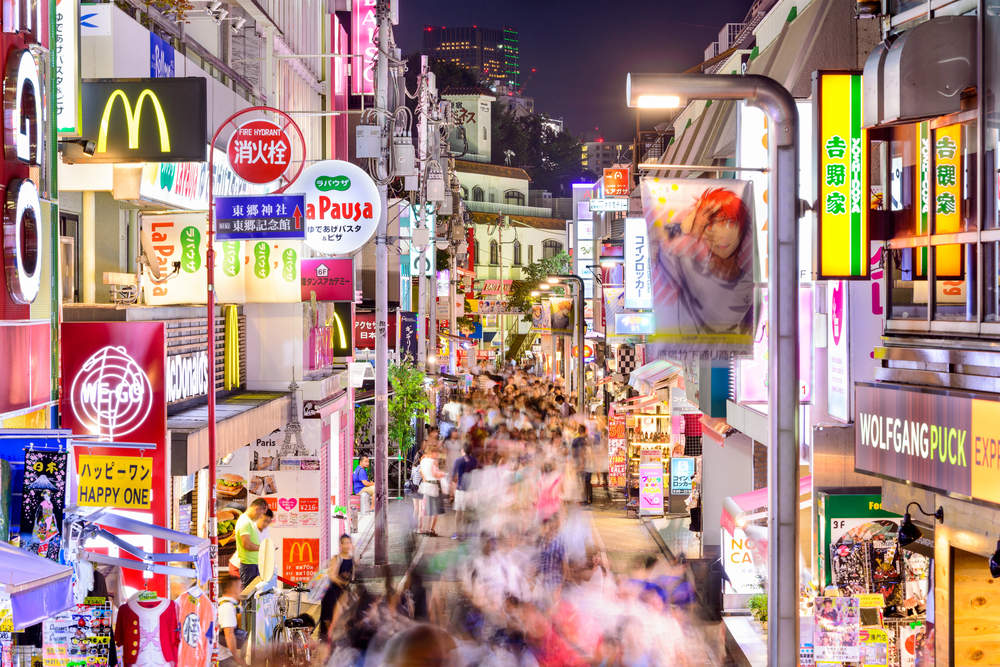
— Photo by sepavone
Creativity explodes on every corner in Harajuku, though photos rarely capture the full sensory experience. Takeshita Street resembles a technicolor dream with its eclectic shops, cotton candy vendors, and fashion statements that defy conventional logic. Step away from the commercial bustle, however, and you’ll find the tranquil grounds of Meiji Shrine just minutes away. Street fashion here spans from elaborate Lolita coordinates to punk rock ensembles that wouldn’t look out of place in a music video.
Ginza
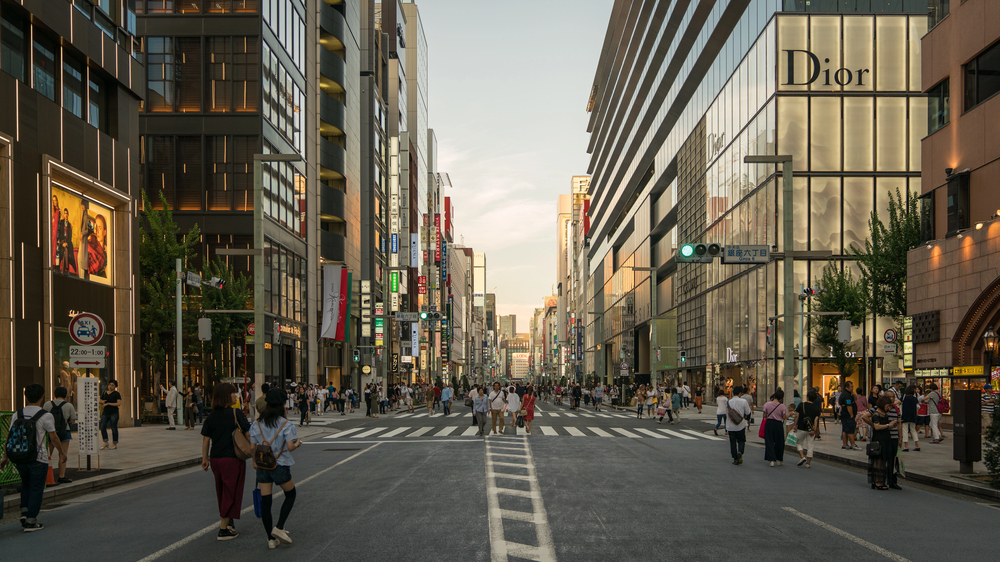
— Photo by canyalcin
Luxury reaches its peak in Ginza — a district where real estate prices can make even wealthy visitors pause. Flagship stores for every major international brand line the boulevards, creating window displays that function as art installations. The architecture here feels distinctly European compared to typical Tokyo aesthetics, featuring wide streets and sophisticated storefronts. Weekend pedestrian zones close the main thoroughfare to traffic, transforming shopping into a leisurely cultural experience.
Asakusa
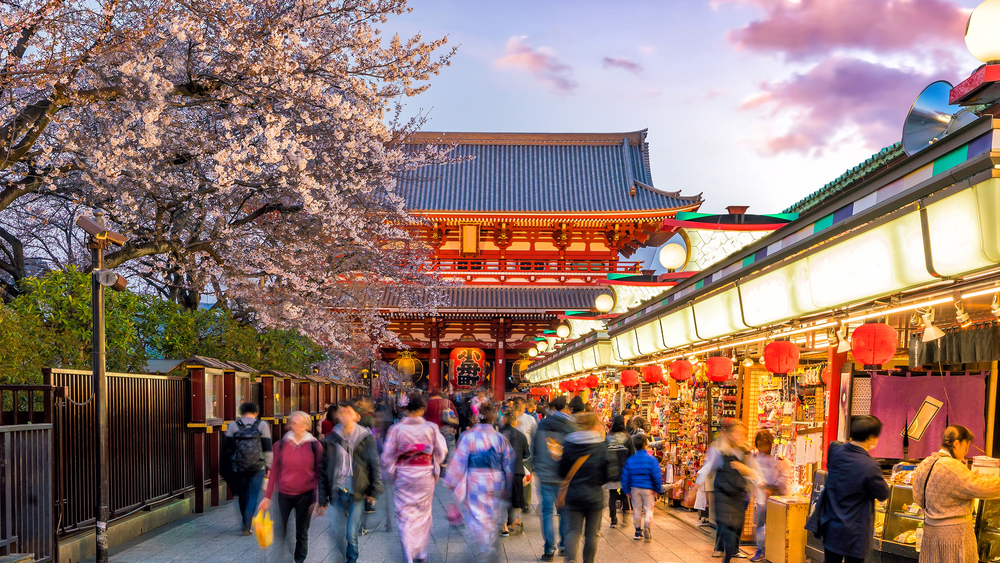
Traditional Tokyo survives beautifully in Asakusa, where historical architecture hasn’t surrendered to modern development. Sensoji Temple anchors the district as Tokyo’s oldest religious site — millions of annual visitors approach it via the atmospheric Nakamise Shopping Street. Time seems to move slower here, with traditional craft shops and tempura restaurants maintaining techniques passed down through generations. River cruises departing from Asakusa provide unique perspectives on contemporary Tokyo’s skyline.
Akihabara
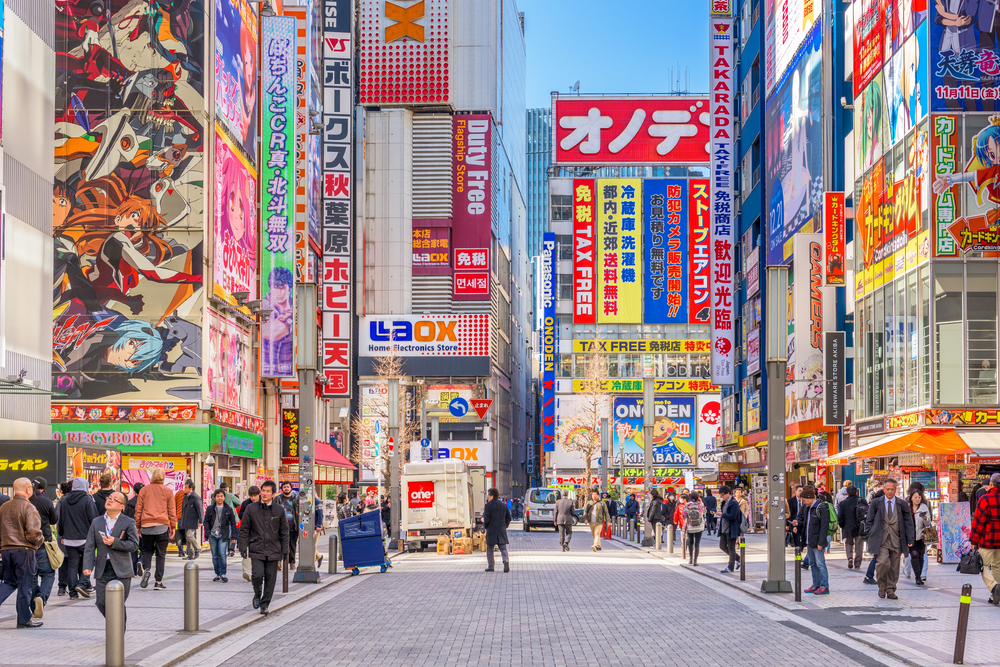
— Photo by sepavone
Electronics and anime culture merge in Akihabara, where neon signage creates artificial daylight well into the evening hours. Multi-story electronics emporiums stock everything from cutting-edge smartphones to vintage gaming systems that most people assumed were extinct. The district’s evolution from post-war electronics market to global otaku destination happened gradually — now anime characters dominate nearly every visible surface. Themed restaurants and maid cafés contribute to an atmosphere that feels genuinely otherworldly.
Ueno
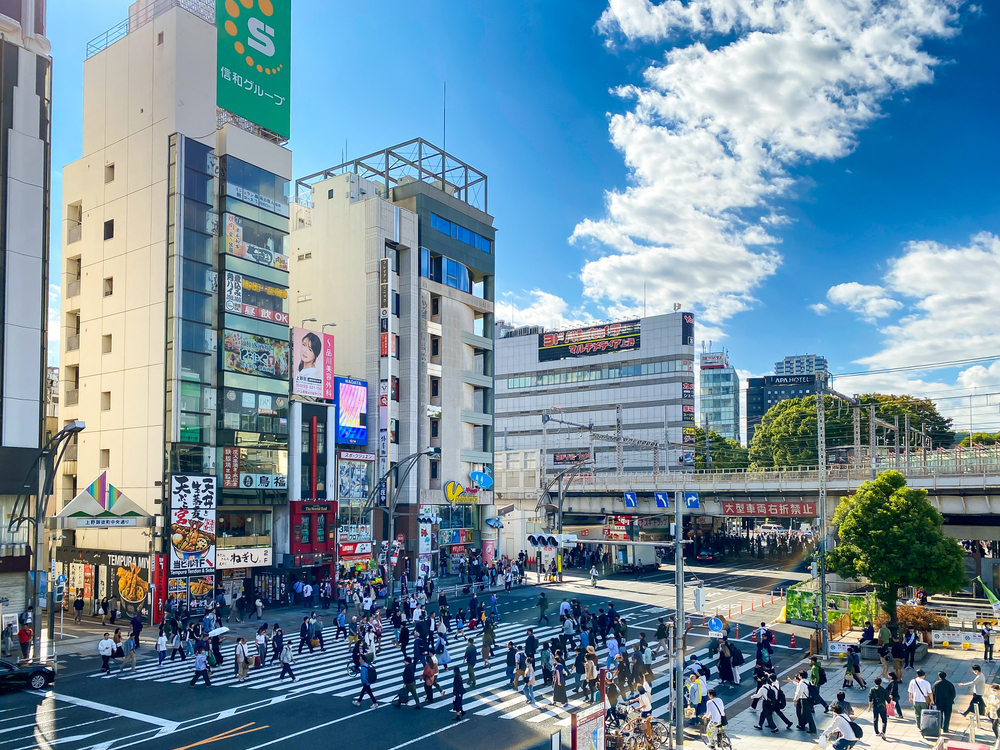
Cultural sophistication meets recreational space in Ueno, where the pace feels refreshingly manageable compared to Tokyo’s busier districts. Ueno Park houses several world-renowned museums — including the Tokyo National Museum and National Museum of Western Art. During cherry blossom season, the park transforms into a pink wonderland where locals gather for traditional hanami celebrations. The adjacent Ameyoko Market provides bargain hunting opportunities alongside authentic street food in settings that evoke old Tokyo’s commercial spirit.
Roppongi

— Photo by seaonweb
International influence permeates Roppongi more than perhaps any other Tokyo district. The area attracts both expatriates and locals with its sophisticated restaurant scene, contemporary art galleries, and nightlife venues that operate until sunrise. Roppongi Hills and Tokyo Midtown function as modern urban complexes — essentially cities within the city. Though the district’s party reputation is well-deserved, cultural attractions like the Mori Art Museum showcase Japan’s contemporary artistic movements.
Ikebukuro

Major Tokyo district amenities exist in Ikebukuro, yet crowds remain manageable and prices stay reasonable. The enormous Sunshine City complex houses an aquarium, planetarium, and observation deck under one massive roof. Pokémon Center Mega Tokyo here ranks among the world’s largest Pokémon retail locations — a genuine pilgrimage site for franchise enthusiasts. Anime and manga culture runs deep throughout the district, with specialized cafés and stores catering to incredibly specific interests.
Tsukiji
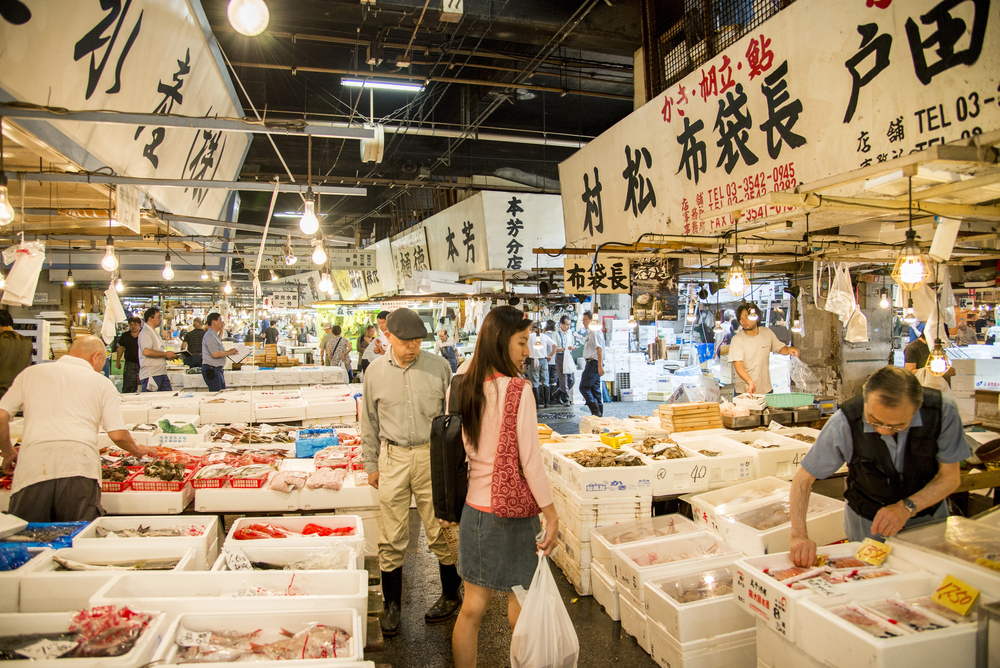
Seafood excellence continues in Tsukiji despite the main fish market’s relocation to Toyosu. The outer market operates with dozens of small establishments selling the freshest sushi, sashimi, and specialized seafood equipment available anywhere. Lines form before dawn at legendary spots like Daiwa Sushi — where tuna literally melts like premium butter. Activity peaks in early morning hours and winds down by mid-afternoon, so timing becomes crucial for optimal experiences.
Odaiba

Artificial islands in Tokyo Bay host Odaiba, a district that resembles visions of tomorrow rather than today’s reality. 1990s development showcased cutting-edge Japanese technology and design philosophy, resulting in attractions like the towering Gundam statue and the architecturally striking Fuji TV building. TeamLab Borderless creates immersive digital art experiences that challenge traditional gallery concepts. Waterfront views back toward central Tokyo are spectacular, particularly during sunset when urban lights begin their nightly display.
Kichijoji
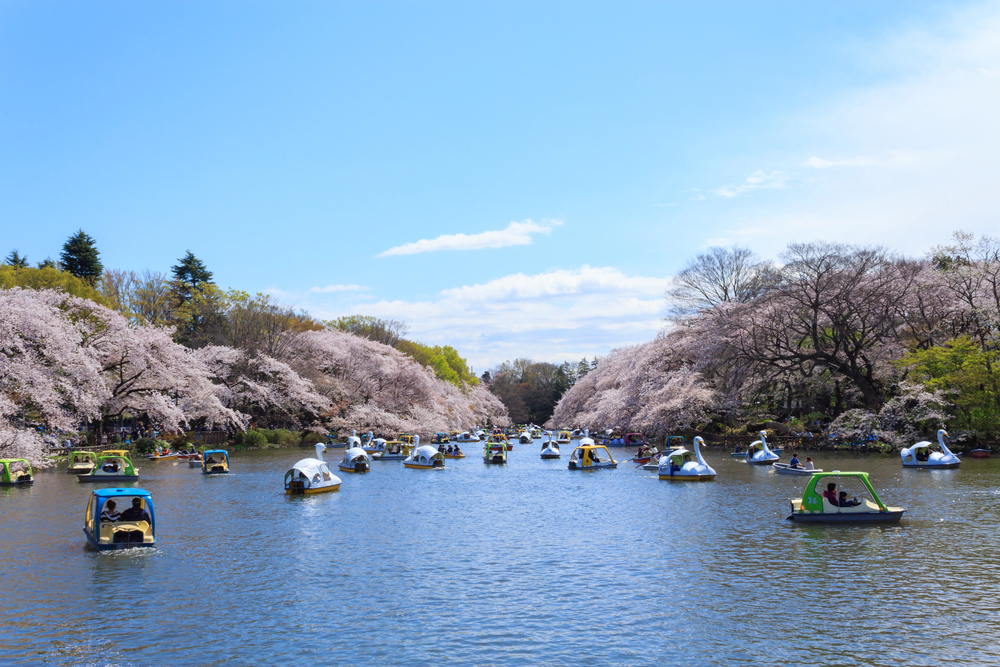
Consistently high livability rankings make Kichijoji a favorite among Tokyo residents, and visitors quickly understand why. Inokashira Park offers peaceful respites with paddle boats, street performances, and some of the city’s most photographed cherry blossoms. The station area blends major chain retailers with independent shops and restaurants that maintain authentic neighborhood character. Studio Ghibli enthusiasts travel here specifically for the Ghibli Museum, though advance ticket purchases are absolutely essential.
Nakameguro
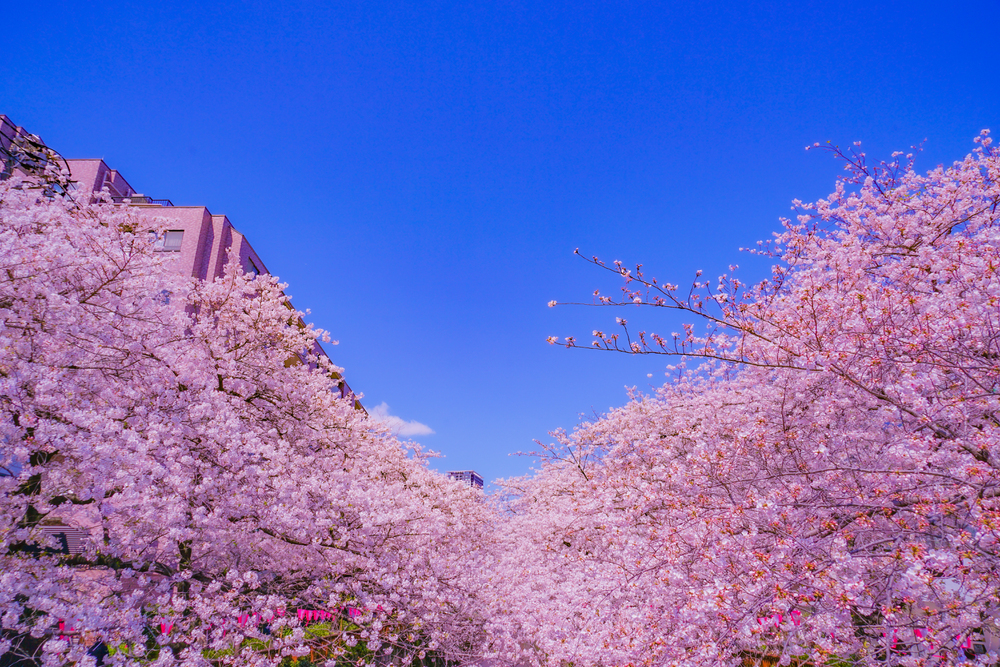
Rapid transformation elevated Nakameguro from quiet residential area to trendy destination almost overnight. The Meguro River provides a natural focal point, especially during cherry blossom season when pink petals create spectacular floral tunnels. Independent boutiques, artisanal coffee roasters, and restaurants with creative menus occupy the narrow surrounding streets. The neighborhood attracts young professionals and creative types who value the balance between urban convenience and intimate community atmosphere.
Daikanyama
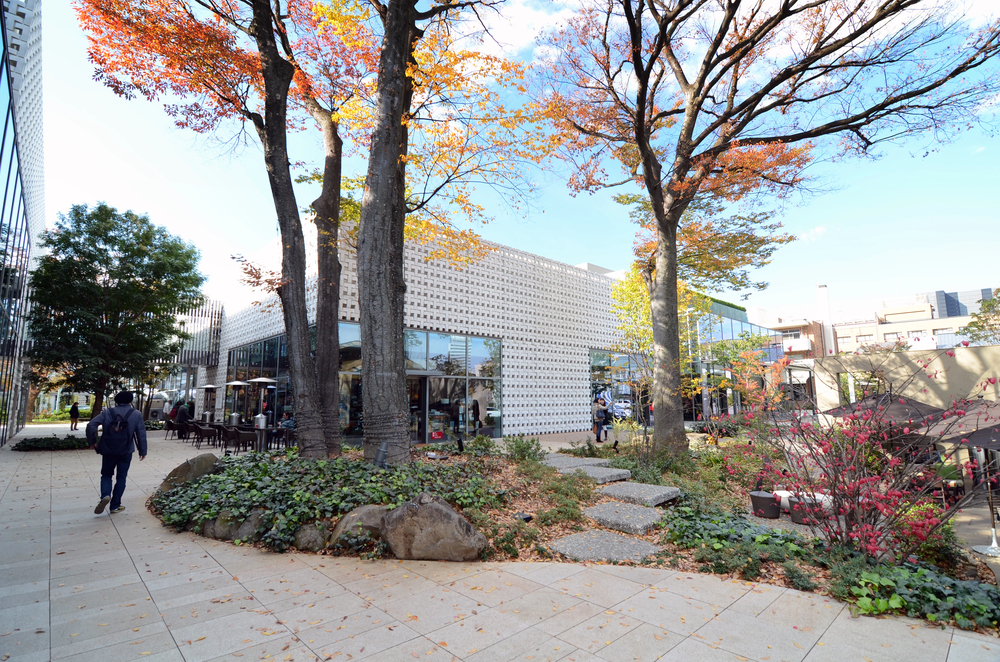
— Photo by siraanamwong
Fashion-conscious Tokyo residents gravitate toward Daikanyama’s carefully curated boutiques and cafe culture. European-inspired architecture creates an environment that feels both cosmopolitan and relaxed. T-Site serves as the area’s cultural anchor with its massive bookstore and multimedia complex that draws locals browsing literature, vinyl records, and international magazines. Shopping here prioritizes quality over quantity, featuring stores that showcase both Japanese designers and select international brands.
Ebisu
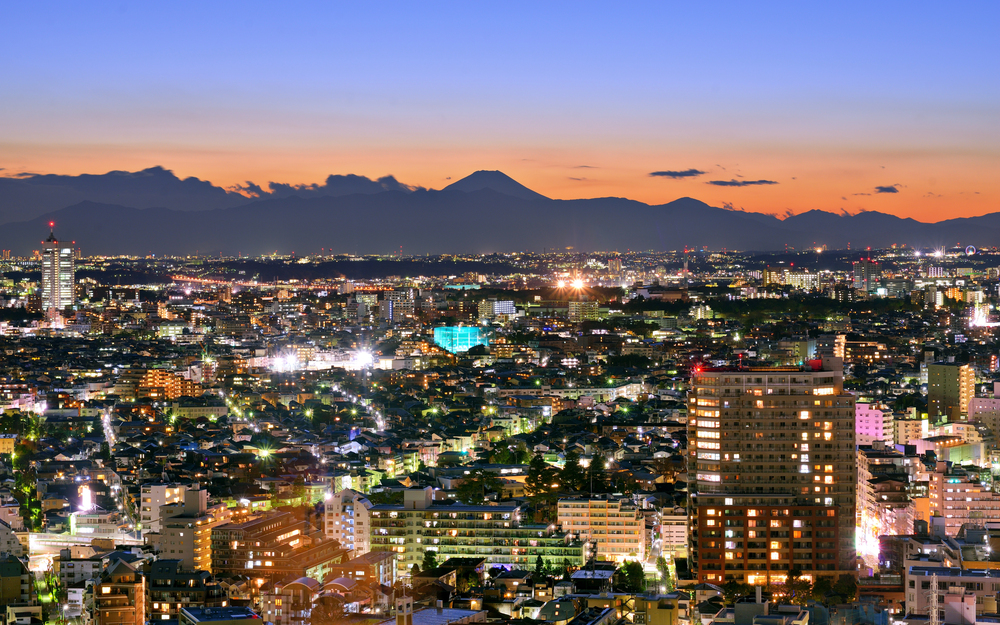
Upscale dining coexists comfortably with casual neighborhood vibes throughout Ebisu. The district’s name derives from Ebisu beer, and the connection to quality beverages continues with some of Tokyo’s most respected bars and restaurants. Ebisu Garden Place creates a European-style plaza featuring shopping, dining, and cultural venues including the Tokyo Metropolitan Museum of Photography. The area maintains a more intimate scale than other major districts, perfect for evening exploration and discovering unexpected gems.
Modern Tokyo’s Neighborhood Tapestry
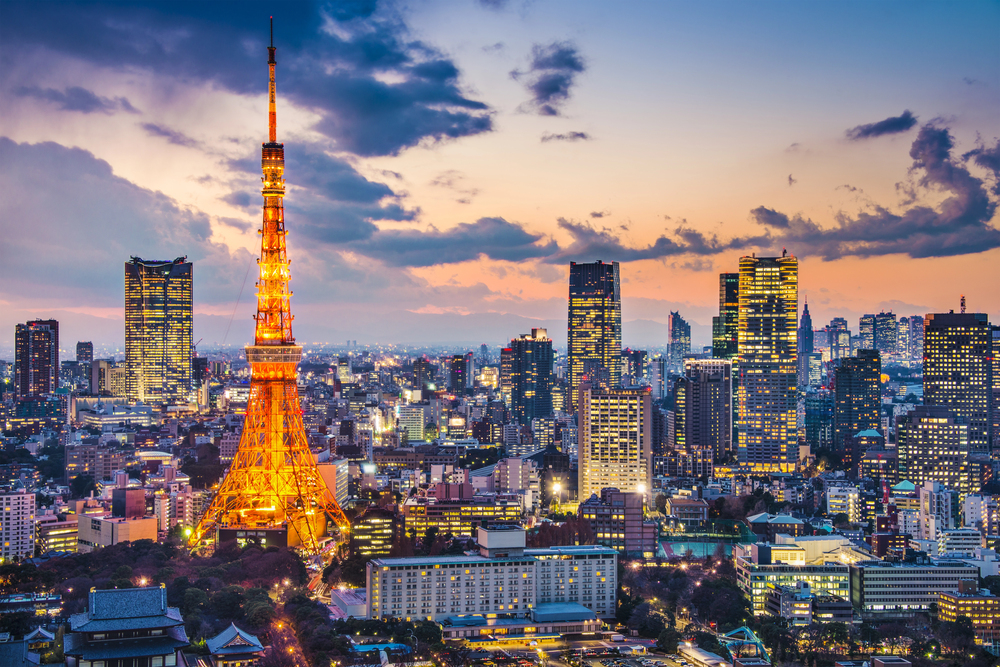
— Photo by sepavone
These districts demonstrate Tokyo’s remarkable ability to preserve historical elements while continuously evolving for future generations. Each neighborhood contributes essential chapters to the city’s ongoing story — from Asakusa’s sacred temples to Odaiba’s technological marvels. Such diversity means visitors could explore for months while still encountering surprises around unexpected corners. Whether drawn to innovative technology, traditional culture, or simply experiencing daily life in one of the world’s great metropolises, Tokyo’s districts provide inexhaustible possibilities for curious first-time visitors ready to venture beyond conventional tourist routes.
More from Travel Pug

- 20 Best Beach Towns in the Carolinas
- 13 Destinations Where Tourists Regularly Regret Their Trip
- 20 Things You Actually Get in First Class
- 20 Small Airports With Aviation Museums
- 20 Places in the U.S. That Are Perfect for a Reset Trip
Like Travel Pug’s content? Follow us on MSN.
